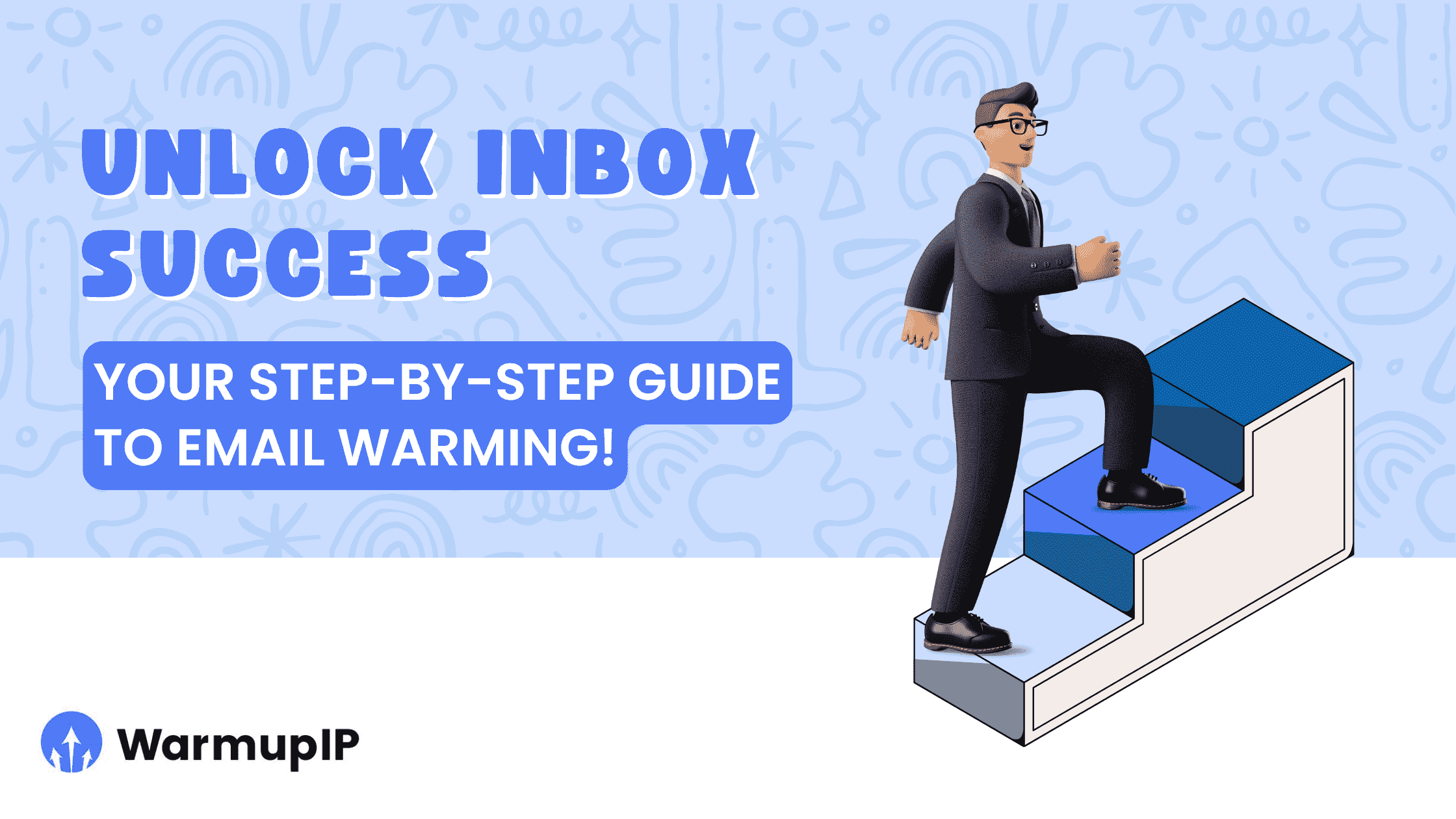Do you find it difficult to get emails to land in your inbox instead of your spam folder? Poor email deliverability, which is often the result of inadequate email warm-up, can undermine your marketing efforts and damage the sender's reputation. Fortunately, a thoughtful warm-up process can boost engagement and ensure that the right people see your emails.
What is Email Warm-Up?
Sending a small number of emails from a fresh or dormant account over time improves deliverability by establishing a positive sender reputation.
Understanding Email Deliverability
The ability of an email to get to a recipient's inbox is known as email deliverability. While low rates might undermine outreach efforts, high deliverability is essential for successful marketing. Key factors include:
- Sender Reputation: A strong reputation influenced by email volume, bounce rates, and spam complaints, boosts inbox chances.
- Engagement Rates: High open and click rates indicate valuable content, enhancing future deliverability.
- Domain Age: Established domains typically enjoy better deliverability due to trust.
- Email Authentication: SPF, DKIM, and DMARC are some of the protocols that prevent spoofing and confirm your identity.
- Content Quality: High-quality, pertinent content signals providers to give your emails priority by promoting opens and engagement.
Why Warm Up Your Email?
Consequences of Not Warming Up:
- Risk of Spam: Sending a lot of emails without warming up from a new account may result in spam being flagged.
- Reduced Open Rates: Insufficient warm-up can significantly reduce engagement and open rates.
Benefits of Proper Warm-Up:
- Improved Deliverability and Engagement: As volume increases gradually, trust is established, which raises inbox placement.
- Enhanced Sender Reputation: A strong reputation aids future campaign success.
The Email Warm-Up Process
- Week 1: Send a limited number of emails to trusted contacts.
- Week 2: Gradually increase email volume.
- Weeks 3-4: Maintain engagement while reaching the desired sending volume.
Content Guidelines:
- Send personalized emails to foster connections.
- Use engaging subject lines and relevant content for better open rates.
Monitoring and Adjusting
Key Metrics:
- Open Rates: Aim for an open rate of 20-30% to gauge subject line effectiveness.
- Click Rates: Target a click rate of 2-5% to identify which content drives actions.
- Bounce Rates: Maintain a bounce rate below 2% to ensure list quality by managing invalid addresses.
- Spam Complaints: Keep the percentage of spam complaints below 0.1%; resolving issues quickly is essential to preserving your sender's reputation.
Common Mistakes to Avoid
- Rushing the Process: Gradually scale email volume to avoid spam flags.
- Ignoring Engagement: Focus on actively engaging users for better metrics.
- Not Authenticating: Install DMARC, DKIM, and SPF to safeguard your brand.
Long-Term Email Strategy
- Ongoing Engagement: Regular, valuable content maintains a strong sender reputation.
- List Hygiene: To prevent high bounce rates, update and re-engage your email list.
- Regulatory Compliance: To safeguard your company and foster confidence, follow regulations such as GDPR.
In conclusion, a well-designed email warmup procedure promotes long-term email marketing success in addition to improving deliverability and engagement.
However, do you know how you can elevate your cold outreach to the next level?
You can achieve this with Sendcrux!
Sendcrux is an all-in-one cold email automation and marketing platform in USA, designed to streamline your entire cold email process. From warming up your email accounts to crafting personalized messages and sending cold emails at scale, Sendcrux automates it all, ensuring you maximize your outreach effectiveness.

